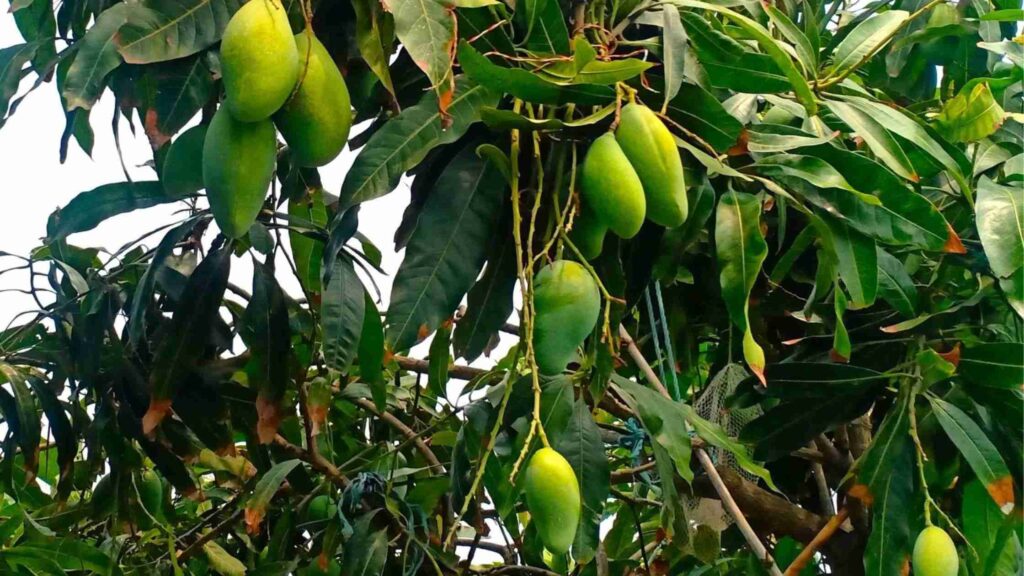It is imperative that a rose plant be progressively acclimated to its new surroundings after being brought from a nursery in order to avoid sun damage. This is a step-by-step instruction to help your just-bought plant adjust smoothly. Discover repotting the nursery rose plants with step-by-step guidance. Discover tips on choosing the right pot, soil mix, and care to ensure healthy growth and blooms.
First Shade Period:
After bringing the plant home, give it two days in a shady spot with indirect sunlight. To avoid burning during this time, stay out of direct sunlight.
Observation Period:
Gradually expose the plant to sunlight over the course of the following three days. During this period, keep a close eye on the plant to make sure its leaves are healthy and show no symptoms of stress.
Watering Considerations:
If the soil starts drying out during the observation period, provide water as needed. However, continue exposing the plant to sunlight for the full 3 days.
Repotting Preparation:
After observing the plant’s fitness for 5 days and ensuring it is thriving, proceed with repotting if necessary. If the rose plant is in clay or sandy soil (brown soil), do not remove the soil during repotting. However, if it is in red soil, carefully remove the soil.
Repotting Process:
Being cautious not to harm the roots, carefully remove the plant from its nursery container. Fill the newly prepared container with a blend of 50% sand, 30% cocopeat, and 20% organic compost, making sure to cover the drainage holes. Prevent upsetting the deeply ingrained roots of the red rose plant when Repotting the Nursery Rose Plants.
Post-Repotting Maintenance:
Water the plant thoroughly but gradually after repotting, making sure the soil is moist all the way through. After two more days, put the plant back in a shady spot to give it time to acclimate to its new container. You may reduce the possibility of transplant shock and encourage healthy growth by following this methodical transition process, which ensures that your rose plant successfully adjusts to its new surroundings.



